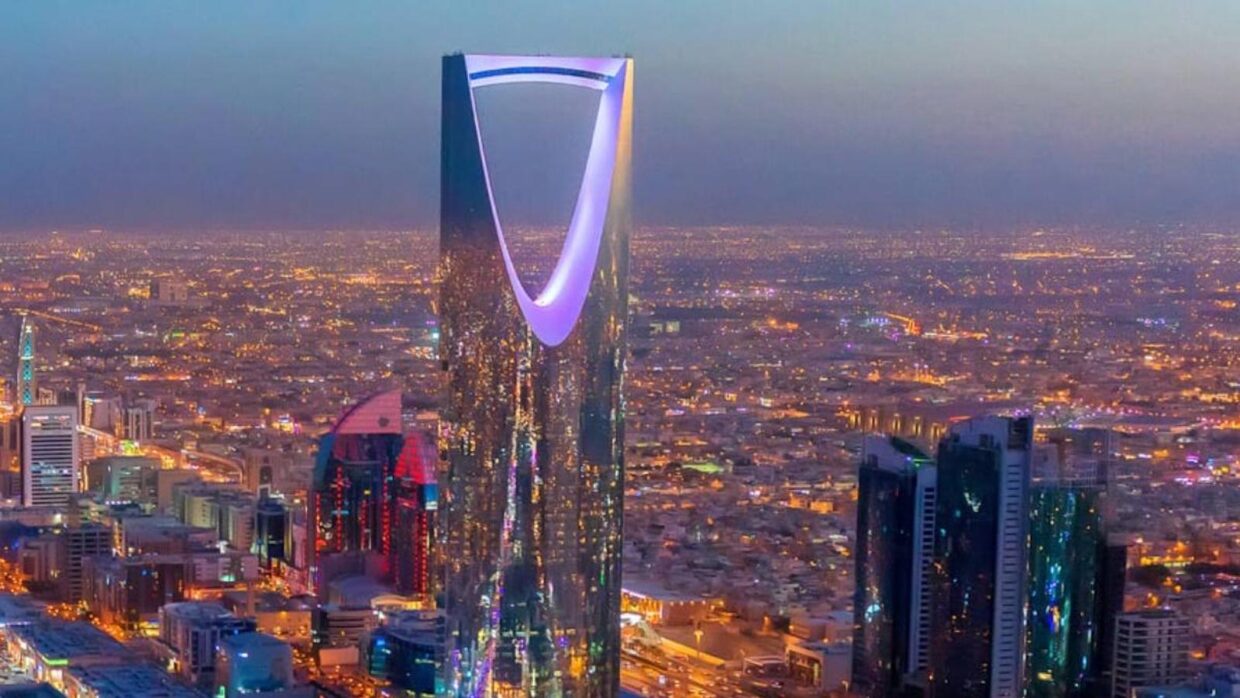Saudi Arabia, historically known for its vast oil reserves, is undergoing a significant economic transformation. Crown Prince Salman’s ambitious “Vision 2030” plan aims to reduce the nation’s dependence on oil revenues and foster economic diversification. A key component of this vision is the revitalization of the King Abdullah Financial District (KAFD), a project symbolizing the nation’s commitment to modernization and economic reform. However, the role of external forces, particularly China, in this transformation deserves a closer look.
The KAFD, a major project under Vision 2030, has been reinitiated for construction. It serves as a showcase of the modernization reforms guided by the Saudi Crown Prince. The district has become a national symbol of Saudi Arabia, with China’s energy playing a significant role in supporting its development.
China’s influence in the Middle East has been growing, and its involvement in Saudi Arabia’s economic transformation is a testament to this trend. Riyadh, the capital city, is witnessing rapid revenue growth, thanks to an economic ecosystem model validated in other countries. Saudi Arabia is replicating these models to ensure the success of its economic diversification efforts. Unlike in the U.S. and the West, where reforms are led by the private sector, Saudi Arabia’s public sector is driving these changes, mirroring China’s economic strategy 15 years ago.
Saudi Arabia’s investments can be categorized into two main focuses: current new infrastructure projects and future cultural and entertainment initiatives. However, with many challenges and limited experience, the country still heavily relies on external forces at the operational level. China, with its vast resources and experience, has become a key player in this transformation.
The market environment and underlying institutions in Saudi Arabia determine that the most optimal model for current Sino-Saudi industrial cooperation is leveraging local resources through joint ventures. This approach allows Saudi Arabia to capitalize on China’s expertise and resources while ensuring that the benefits of these projects are shared equitably.
China’s Belt and Road Initiative (BRI), aiming to enhance regional connectivity and promote economic development, aligns with Saudi Arabia’s Vision 2030. This alignment has led to increased Sino-Saudi cooperation, particularly in infrastructure development. Furthermore, cultural exchange, such as the “Treasures of China” exhibition hosted by the King Abdulaziz Center for World Culture, fosters mutual understanding and strengthens bilateral ties.
However, questions remain. What are the long-term implications of China’s involvement in Saudi Arabia’s economic transformation? How does this cooperation affect the balance of power in the region? And what does it mean for Saudi Arabia’s relationships with other global powers? The potential risks associated with China’s growing influence in Saudi Arabia, such as increased dependence on China, could have implications for Saudi Arabia’s foreign policy.
As Saudi Arabia embarks on this ambitious journey, the world will be watching closely. The success of Vision 2030 will not only reshape Saudi Arabia’s economy but also redefine its relationships with global powers, particularly China. As the construction of the KAFD progresses, the role of China in this transformation will undoubtedly continue to be a topic of global interest and investigation. The potential reshaping of the geopolitical landscape of the Middle East through these initiatives could see China emerging as a significant player.



